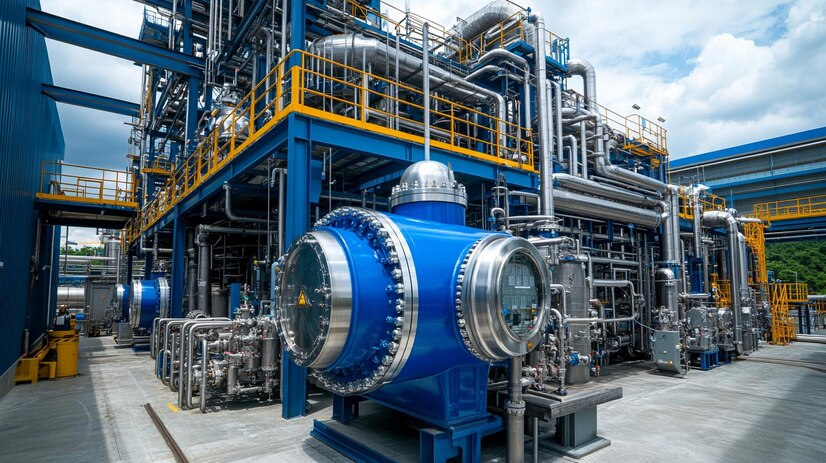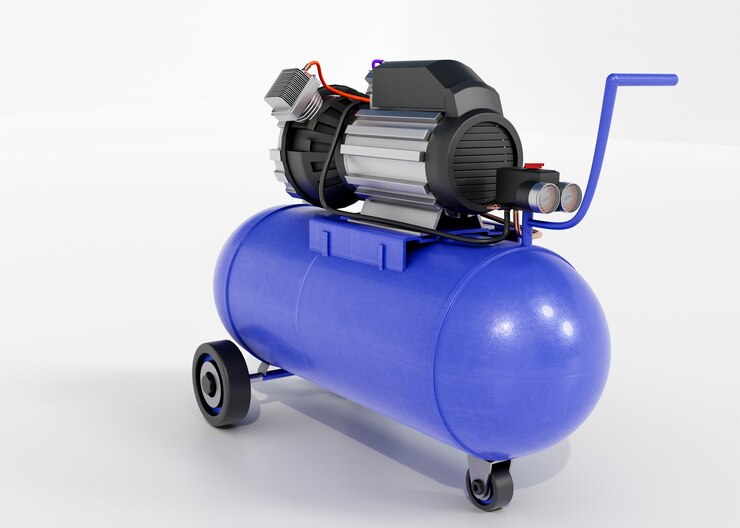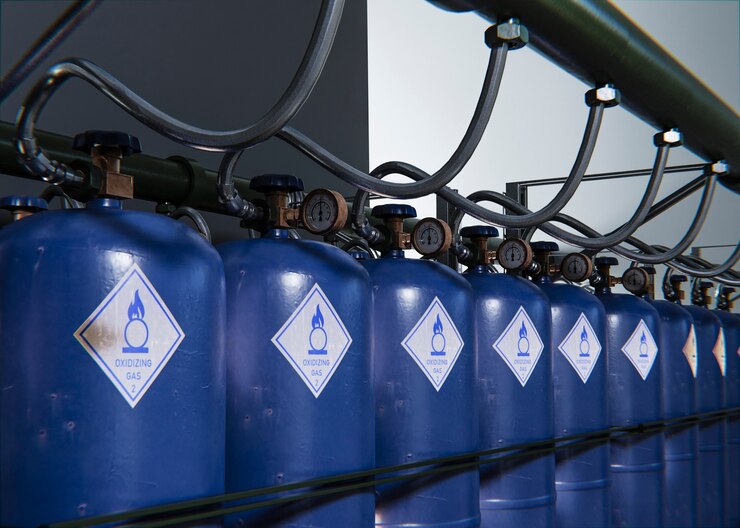Benefits Of Using Natural Gas Substation Compressor in Modern Energy Systems
Understanding Natural Gas Substation Compressors:
To understand more about the energy infrastructure, the natural gas substation compressor is among the soul of energy infrastructure. These components are important basic units that facilitate the distribution process of natural gas which is a source of energy in homes as well as industries. Now, it’s time to get a bit deeper into these machines the roles they play today, and why they are of utmost importance to the energy market more on this later.
The Role of Substation Compressors in Energy Infrastructure
Indeed, natural gas substations are central to the energy systems. They make sure that the natural gas gets to the consumers while being transported from production facilities. Here’s how compressors fit into this larger picture:
Gas Pressure Regulation: Compressors change the pressure of the gas to the required pressure of transmission through pipelines.
Gas Metering: Great importance is attached to the metering of the gas flow, especially about billings and the operation of the system. Compressors on the other hand ensure that flow rates are kept constant.
Gas Odorization: For safety measures, the gas is usually odorized as it gets to various consumers before being used. They help the maintenance of the proper ratios of the mixture.
Gas Dehydration: The first purpose help reduce the threat of corrosion and the second is to enable the smooth flow of the gas through pipeline. These include also functioning as part of the dehydrating mechanism of compressors.
Gas Filtration: Having a clean gas is very important so that it does not cause any harm and it’s important for the durability of the equipment as well. Compressors help in achieving uninterrupted and much cleaner gas flow.

Benefits of Natural Gas Substation Compressors
Natural gas compressors are not just about increasing pressure; they also offer several benefits:
• Enhanced Efficiency: Thus regulating the pressure of the gasses served by compressors ensures that energy is consumed optimally within the transport corridor.
• Cost Savings: Energy-efficient compressors lower the cost of running compressors by lowering the required energy to maintain the equipment and lowering the frequency of repairs.
• Environmental Impact: Innovative technologies of compressors assist in lowering the impacts and emissions in the distribution of natural gas.
Key Components of a Natural Gas Substation Compressor
Understanding the main components of these compressors can shed light on their functionality and maintenance needs:
• Compression Chambers: Where the gas is compressed or increases its pressure. It is important to know that while compressor design and number of chambers depend on the kind of compressor in question.
• Drive Mechanism: This can just be an engine, motor, or turbine that drives the compressor, for instance in the energy generation sub-sector.
• Cooling System: The Major drawback of most compressors is that they generate heat when in use. Cooling systems are imperative to have maximum efficiency and avoid overheating and damage.
• Control System: Current models of compressors have several feedback control systems aimed at managing operations in terms of efficiency and risk minimization.
Maintenance and Efficiency
Caring for the Natural gas substation compressor is important for it to last long and to work effectively. Regular maintenance includes:
• Inspecting and Replacing Parts: The checking of certain parts like pistons, seals, and filters should be done regularly.
• Monitoring Performance: It is easy to monitor performance metrics to understand whether you are facing any problems that may cause a further deterioration of performance.
• Ensuring Proper Lubrication: While the lubrications help in maintaining and reducing the friction that is experienced in moving parts of the compressor this enhances the overall capability of the compressor.
These compressors should operate efficiently their efficiency is and is an essential aspect of these operations. Closely maintained compressors are efficient in their operations hence consuming less energy and being cheap to maintain.
Choosing the Right Compressor
Selecting the right compressor involves considering several factors:
• Operational Needs:
Evaluate the pressure and flow demands of your distribution system for natural gas.
• Budget:
Decide on how much money you are willing to spend on investing in the first place and how much money are you willing to spend in maintaining that investment in the future time.
• Environmental Impact:
Seriously consider those devices that are capable of providing the highest levels of efficacy to the lowest levels of invasiveness within an environment.
Installation Process
Follow these steps for the actual installation:
• Positioning: Ensure that you fix the compressor on the foundation that you have prepared. If need be use the lifting equipment to place the unit in the right position.
• Alignment: Check that the compressor is properly positioned concerning the connected piping as well as the electrical systems. Misalignment in any of these areas might lead to numerous operational problems and in extreme cases lead to wear out of the components.
• Mounting: Bolt the compressor to the foundation in a way that corresponds with the size and type of compressor and its manufacturer’s recommended practice. This helps in offering more stiffness to the unit and at the same time increasing the damping of the unit.
• Connections: Gas inlet and outlet pipes have to be connected. Make sure you are using quality gaskets as well as quality seals to avoid leakage. And also do the wiring of electrical connections as indicated in the manufacturer’s manual.
• Testing: Carry out a check of all connections and parts that are used in the compressor before starting it. This involves inspection for possible leaks, confirmation of proper electrical connections and confirmation that all safety devices are functioning.
Maintenance and Support
Regular maintenance is essential for the longevity and efficiency of the compressor:
• Scheduled Maintenance: Regular servicing as recommended by the manufacturer this is given attention to such things as changes of oil, filter, and general check of some parts.
• Emergency Support: They should also have contingent measures to deal with any problems that may occur when using foreign talents. This can be in the form of access to technical support and or spare parts.
Conclusion:
Natural gas substation compressors are the unsung heroes of energy infrastructure. We ensure that natural gas is transported efficiently and safely, providing a crucial link between production sites and end-users. By understanding our types, applications, and maintenance needs, you can appreciate their role in the broader context of energy distribution and infrastructure. If you’re looking for more information or need to purchase a natural gas substation compressor, LEiYAO for comprehensive details and options tailored to your needs.



